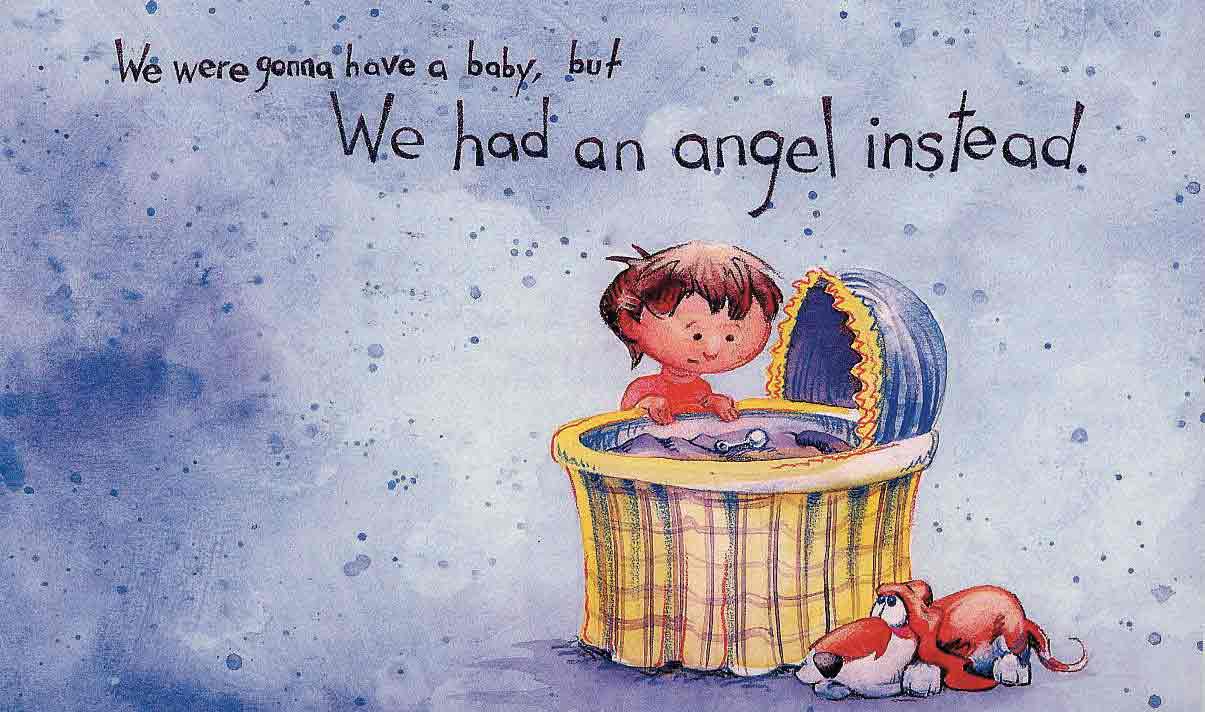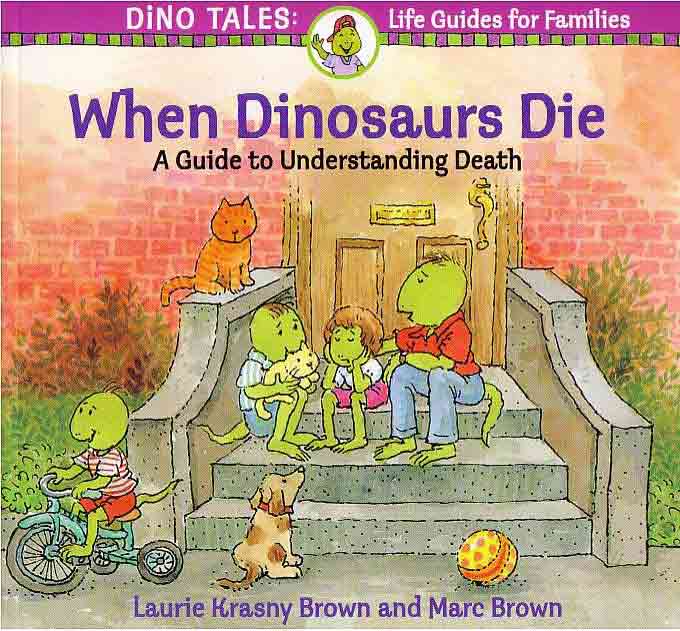Transitions
We’re going through a strange transition in our house. My policy is to always talk about Macy when someone asks about her, including my kids. I have had some people who apologize after asking about Macy—but why apologize? Like with any of my kids, I am happy to talk about her too. Currently if we talk about Macy at home, Violet eventually starts to tear up and asks us to talk about something else. Violet is our rainbow baby, meaning that she was our baby born after we lost Macy. So she never got to meet her. Recently the girls have been having struggles about what they think is fair or not fair. I’m not sure if this is Violet’s way of telling us that it’s not fair that she’s the only one who never got to meet her.
Similarly, as with most preschoolers, pre-Kers and Kindergartners, we have done our fair share of family projects and family trees. With both our girls, I always ask if they want to include Macy or not and that it’s their choice. Most of the time, they choose not to include Macy and that’s okay. Sometimes they don’t know how to talk about their other sister with their peers. Often, however, Violet will ask me why Macy wasn’t on her school family tree (after the fact), and I explain gently that she did not want to place her there but she could have if she wanted to. It’s a conundrum and it’s confusing, even for me. I guarantee that among my friends and acquaintances at my girls’ school, maybe less than half the people know that I have lost a child. And that’s okay.
What’s interesting is that sometimes it gets harder to talk about Macy. After her death, I’d talk about her all the time. Nowadays in front of people who may not know, I’m hesitant. Why? Because grief is a tricky thing. While I will always mourn and miss Macy, others may feel that after 7 1/2 years, I should be ‘over it’. But you know what? You never really ‘get over’ the death of your child. It’s an unnatural order of things.
I’ve started a blog, Dr. Bookworm, that features book reviews from a pediatrician’s point of view. As I was writing about books about infant loss, I started babbling more about my own experiences, hence the above musings. And the more I wrote, the more I realized that I had the answer right in front of me: I needed to re-visit these books with Violet. Even though she’s my rainbow baby and never really lived through our initial grief, she feels that missing presence in our house and she wants to understand it more. So here I go again with these books.
After Macy died, we read We Were Gonna Have a Baby, But We Had An Angel Instead by Pat Schwiebert, which I had mixed feelings about because I believe in an afterlife, whereas my husband does not. What would we teach Katerina? We compromised. And this book in particular helped her understand that she wasn’t alone, that she wasn’t the only one not coming home with an obvious source of her big sisterhood. We did warn her closer to my due date that Macy wasn’t going to survive. She was likely the only two year old around who could teach other people about what chromosomes are. (And if you know Katerina, I know you’re not surprised.)
We were given a copy of When Someone Very Special Dies written by Marge Heegaard, to be illustrated by children. This book was a fun (Can going through grief be called fun?) interactive book for Katerina. Though she was only two years old when her sister died, she liked to read parts of this book often and she scribbled on a few pictures. When she was older, she came back to this book often as well, and added drawings when she was five. I think it was a way of her coping with the loss she didn’t know she had. In fact, now that I think about, I might purchase another copy of this one for Violet. It may be something ‘concrete’ she can do with her feelings. This book goes through the various stages of death–like how you might feel, a life cycle, what the funeral looked like, a picture of your loved one.
A book I purchased later on—likely when Katerina was 4 or 5 years old was When Dinosaurs Die: A Guide to Understanding Death by Laurie Krasny Brown and Marc Brown. Marc Brown is the same author of the beloved Arthur series. Written in comic strip fashion, this book tackled a lot of the questions that younger ones have regarding death. Again, I think I’ll revisit this one with Violet, who is now six years old. A true example of the cyclical nature of the grieving process.
For all of you families who have lost a child, no matter how fleeting your time with them, I am thinking of you this month. I wish you peace, acceptance, and joy.
Because, yes, sometimes there is still joy, even after death.





